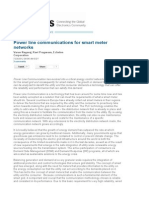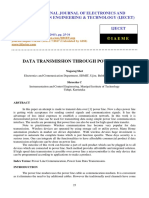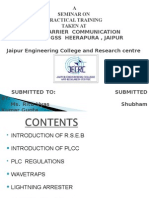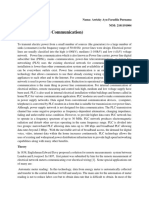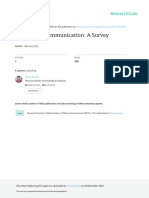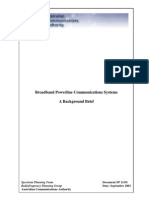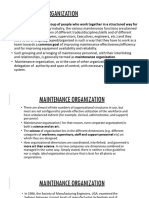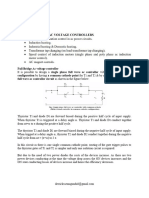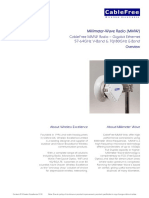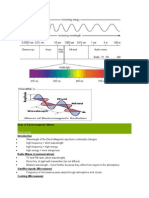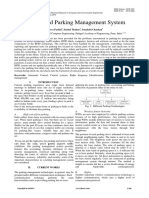0% found this document useful (0 votes)
79 views15 pagesPower System Communication Media
how substations are linked through communication
Uploaded by
Igombe IsaacCopyright
© © All Rights Reserved
We take content rights seriously. If you suspect this is your content, claim it here.
Available Formats
Download as DOCX, PDF, TXT or read online on Scribd
0% found this document useful (0 votes)
79 views15 pagesPower System Communication Media
how substations are linked through communication
Uploaded by
Igombe IsaacCopyright
© © All Rights Reserved
We take content rights seriously. If you suspect this is your content, claim it here.
Available Formats
Download as DOCX, PDF, TXT or read online on Scribd
/ 15

